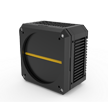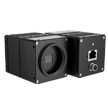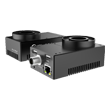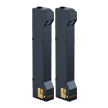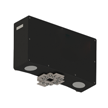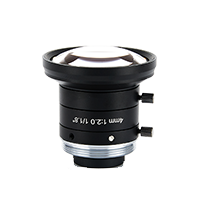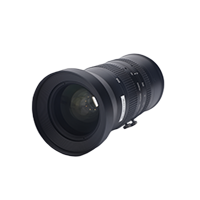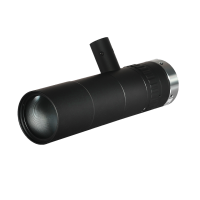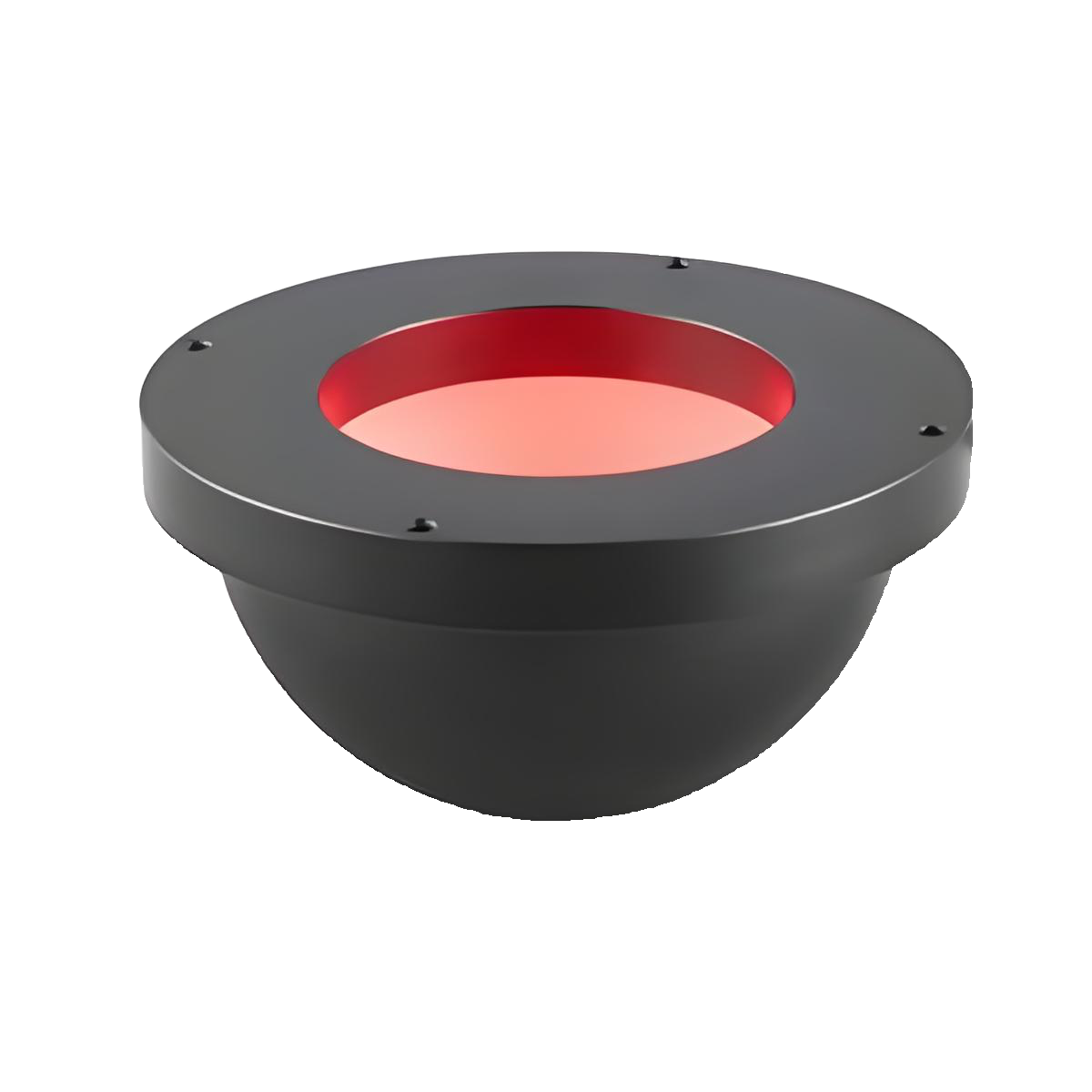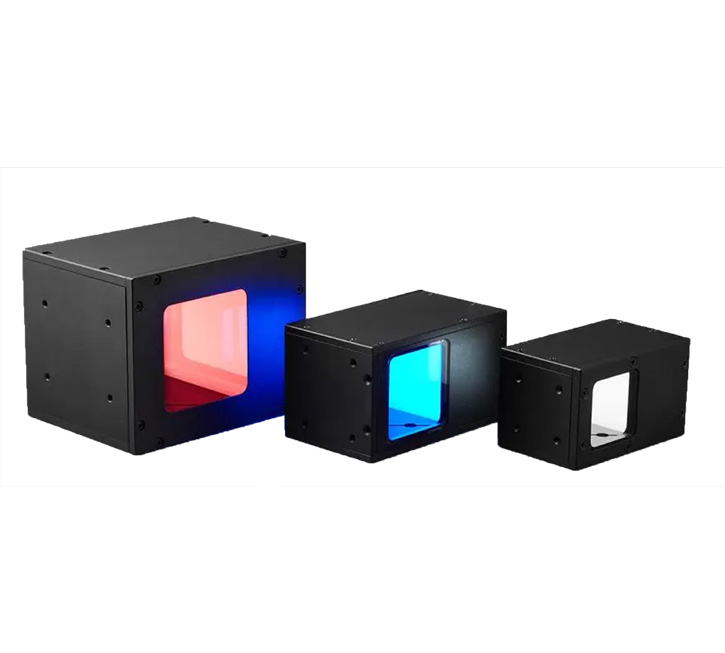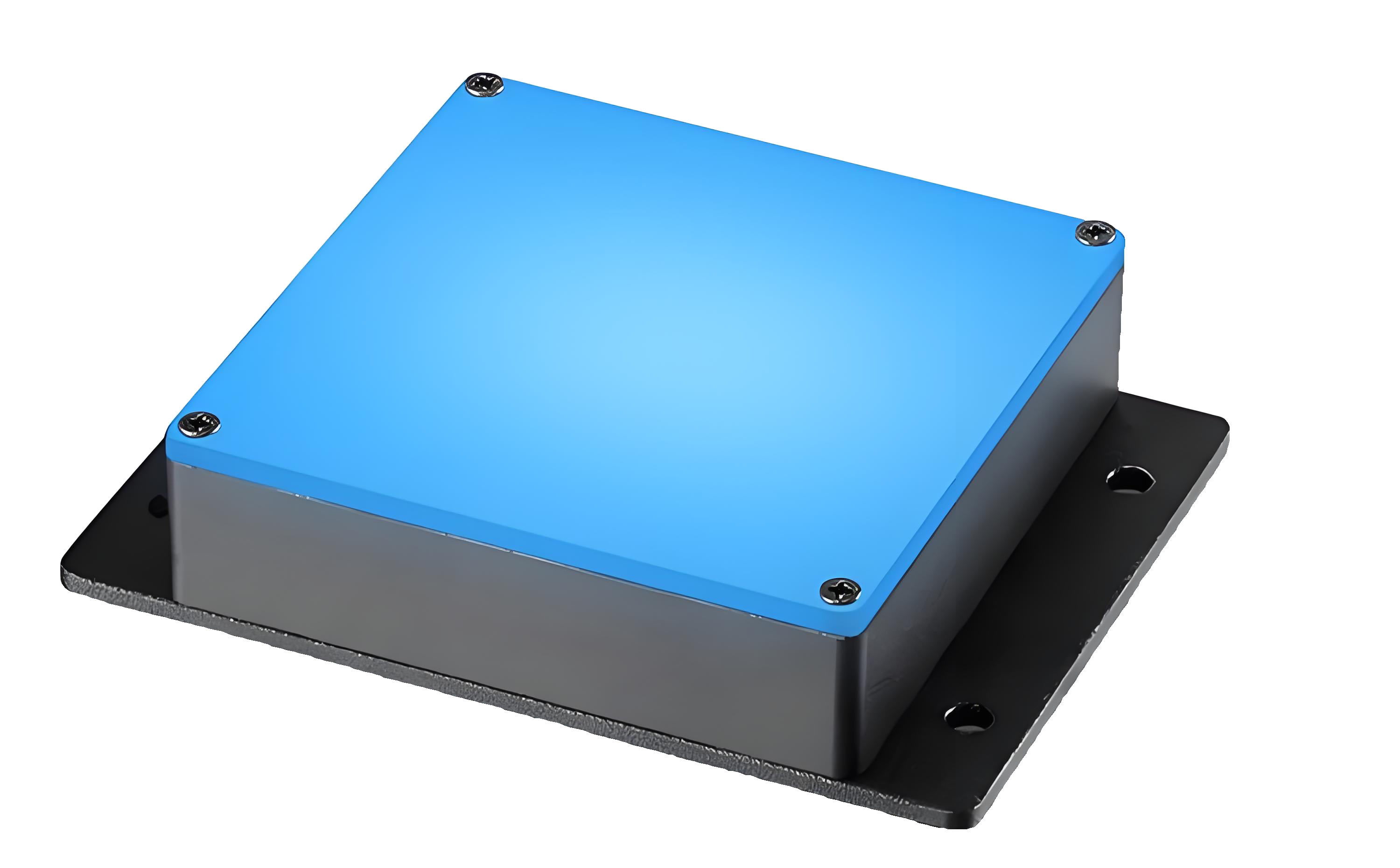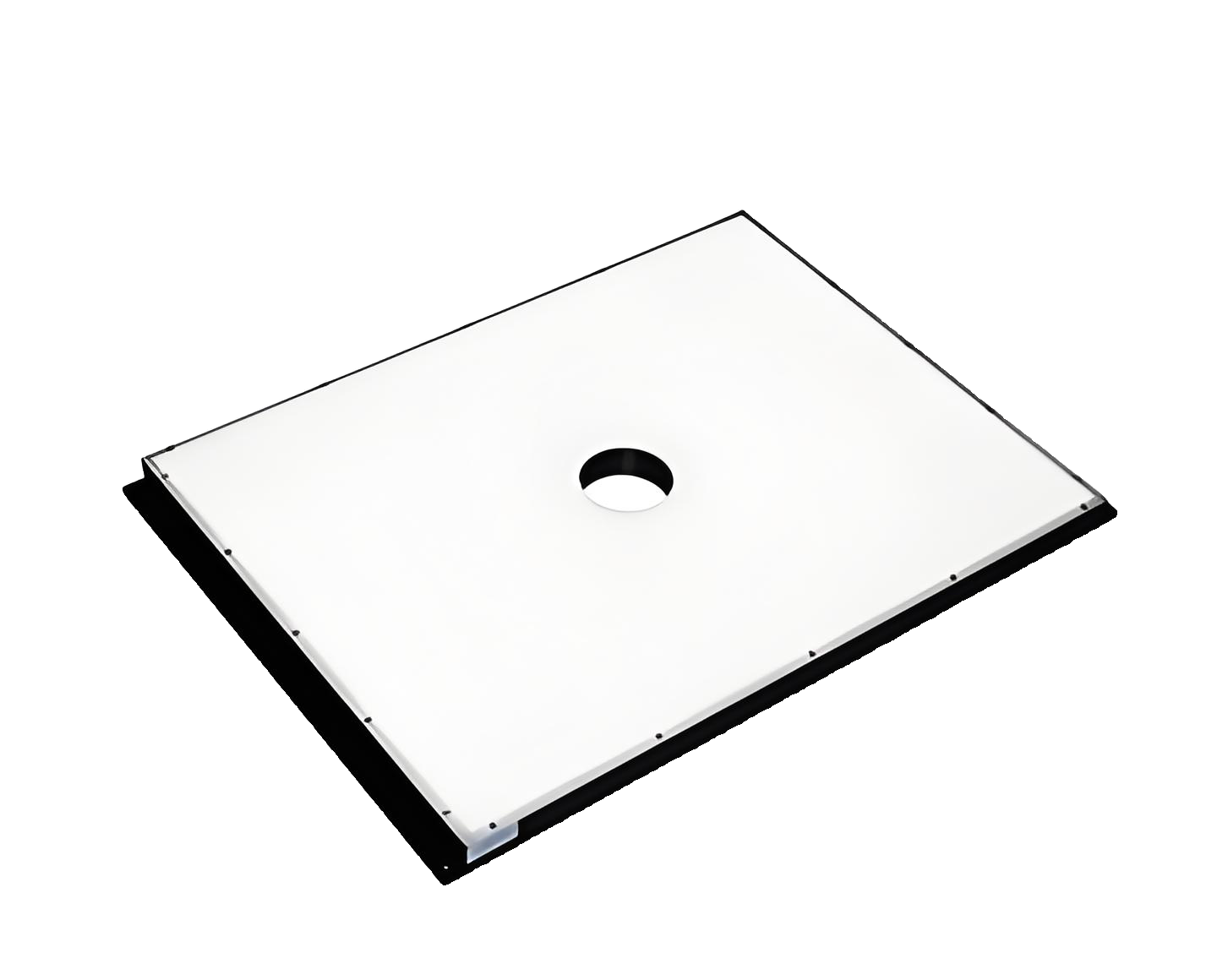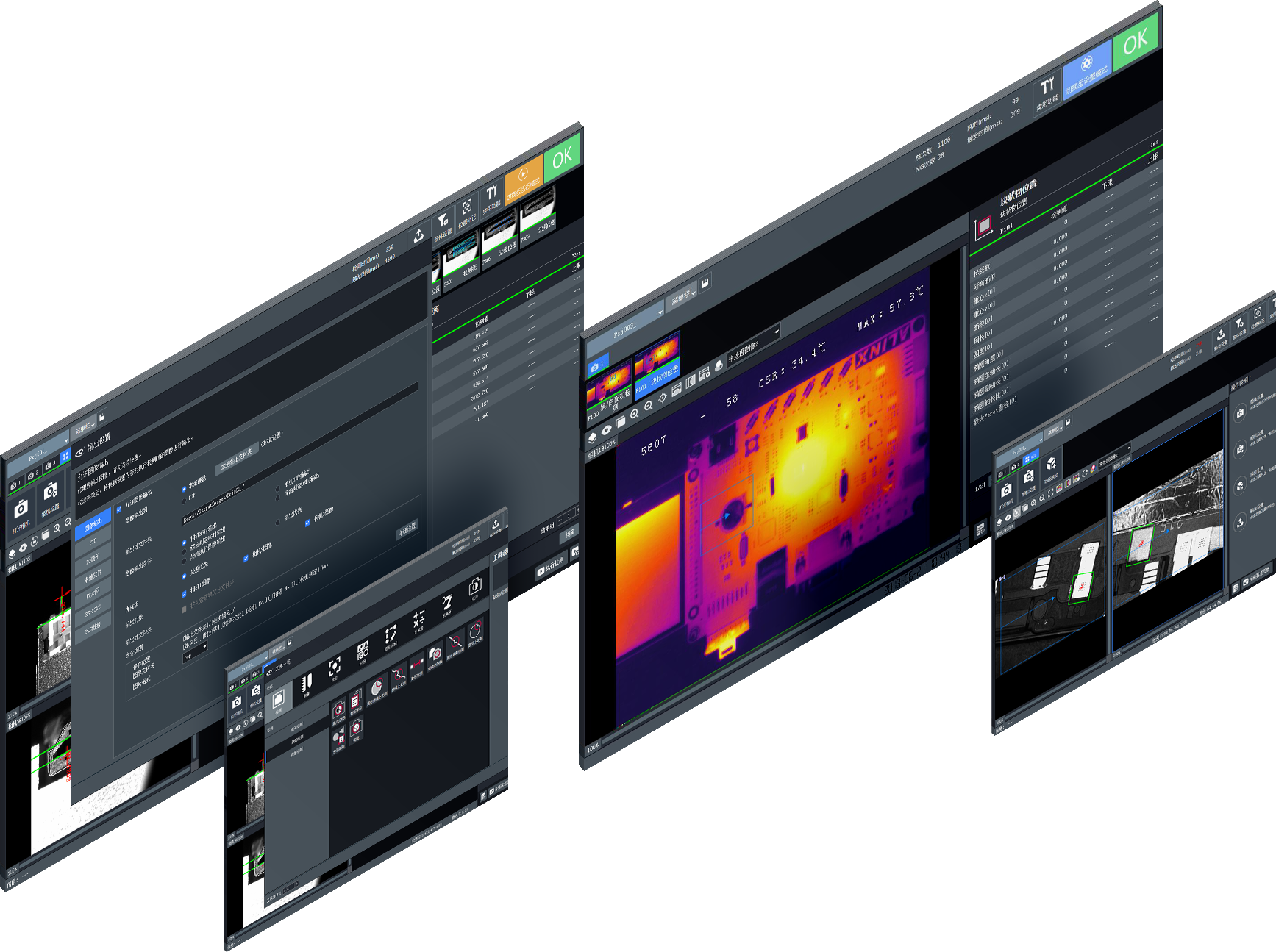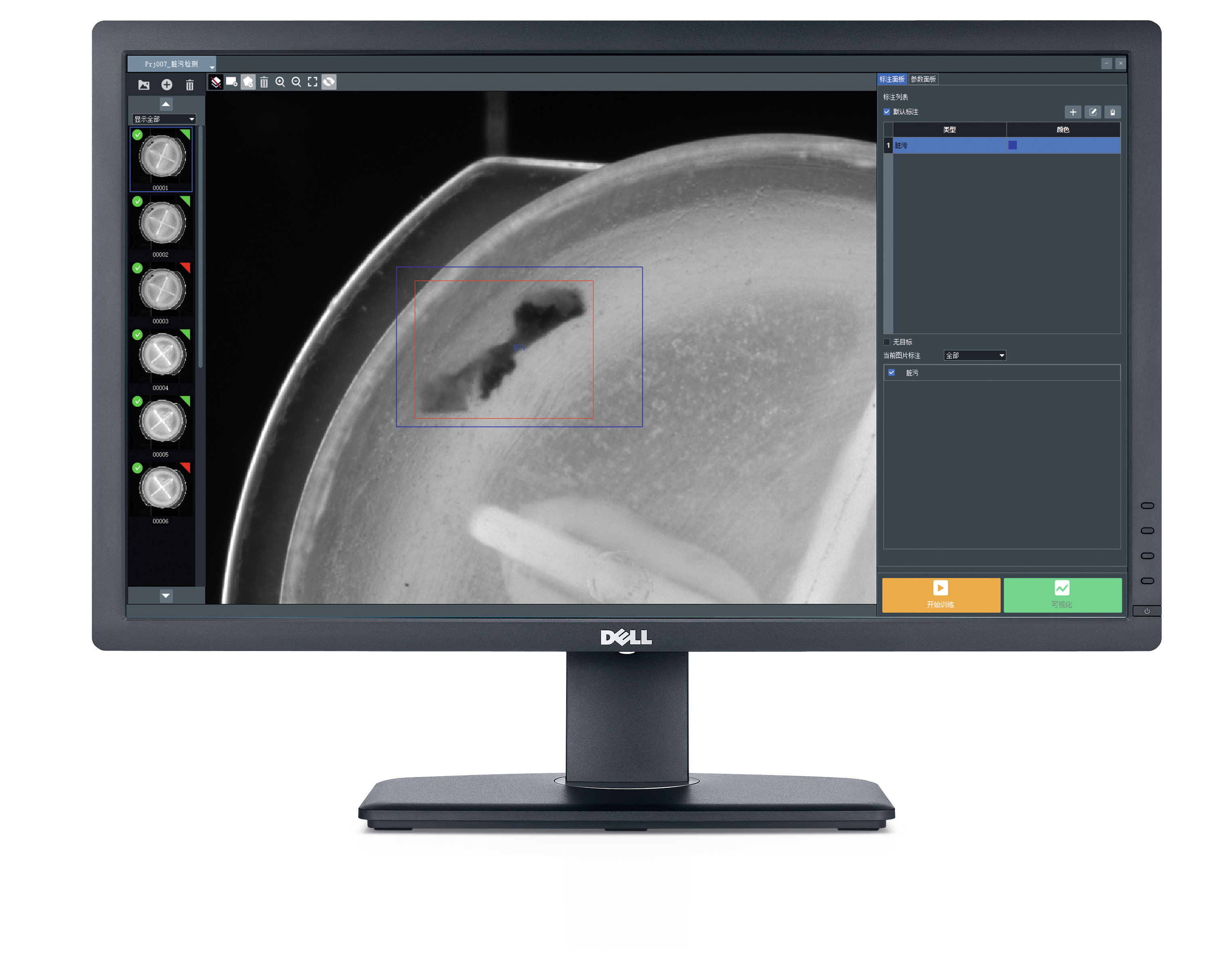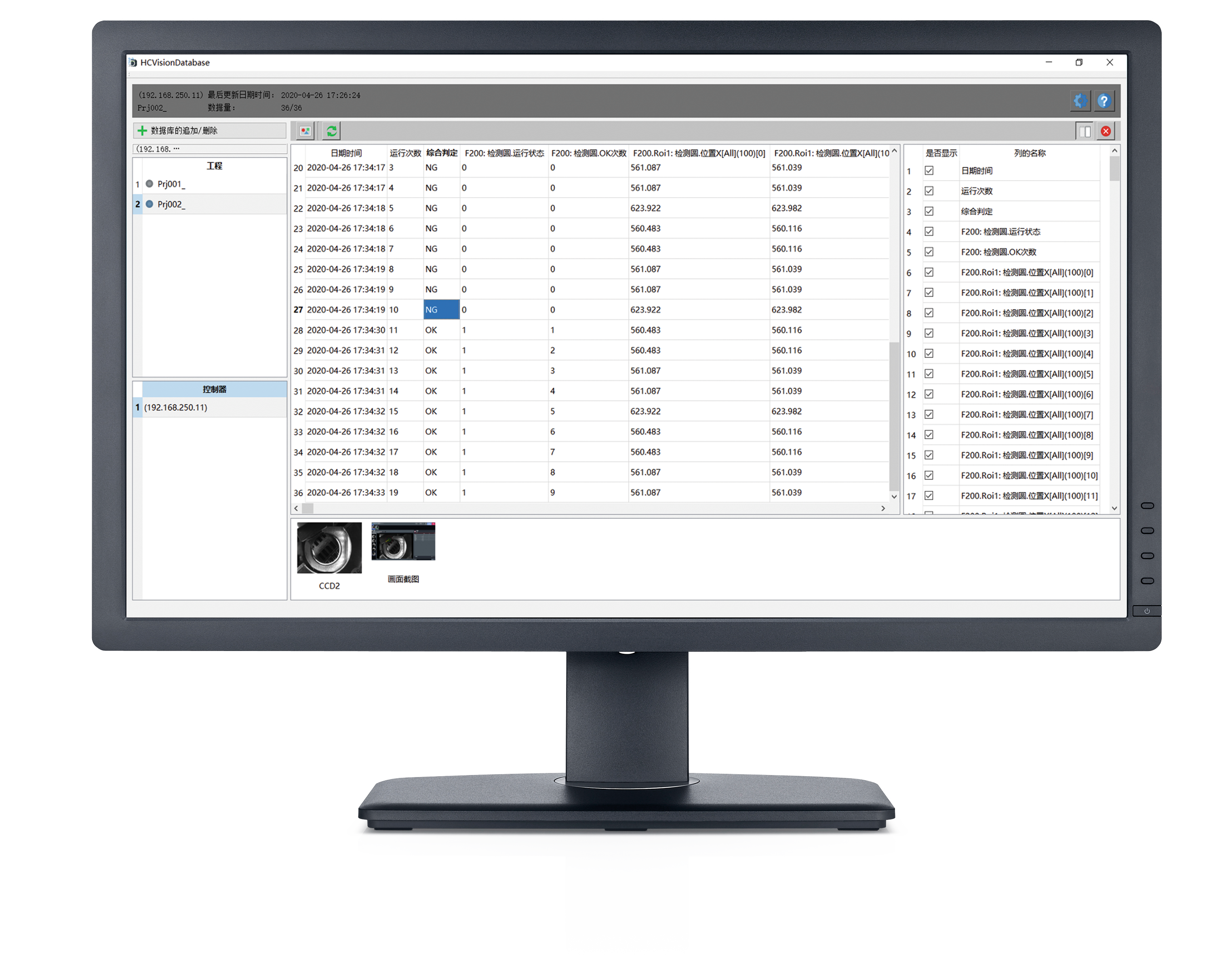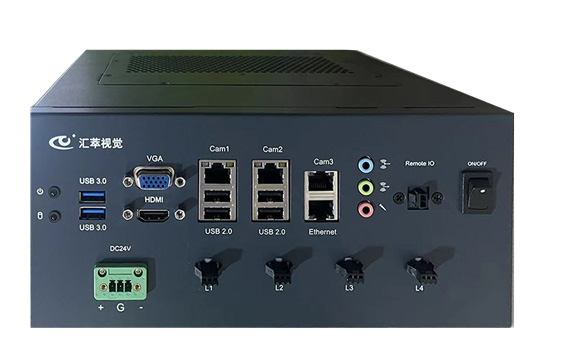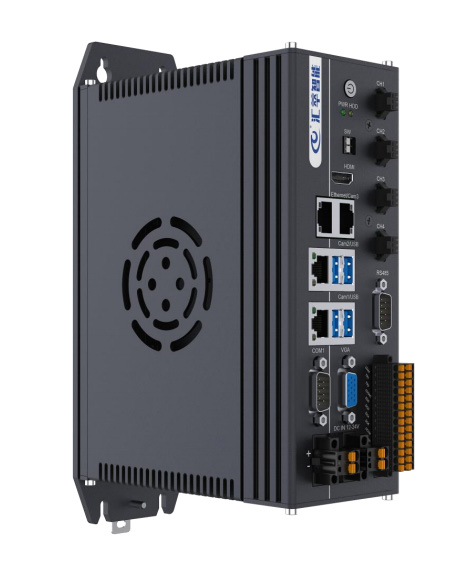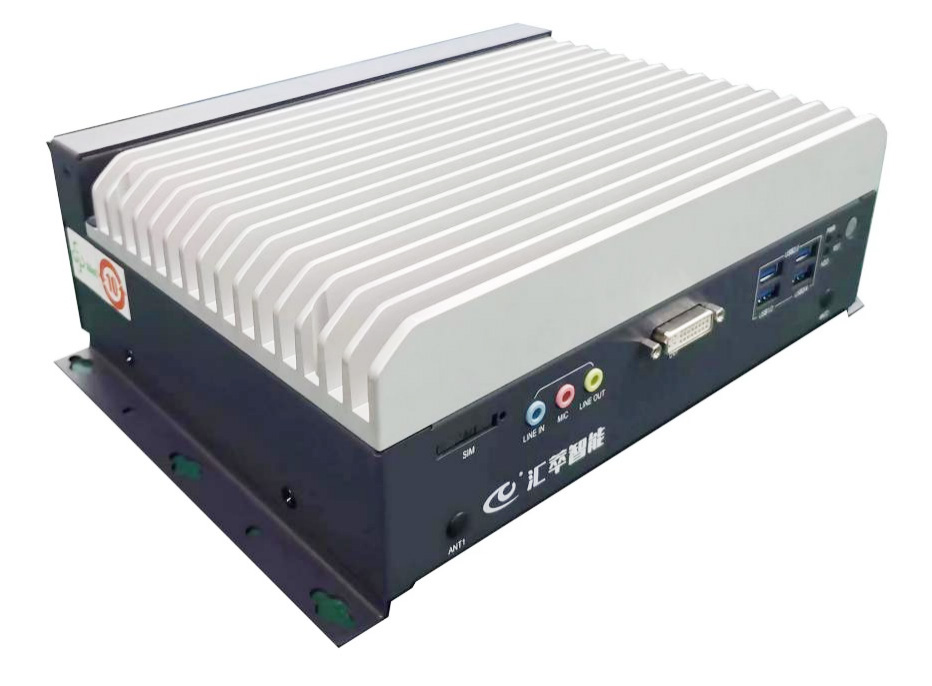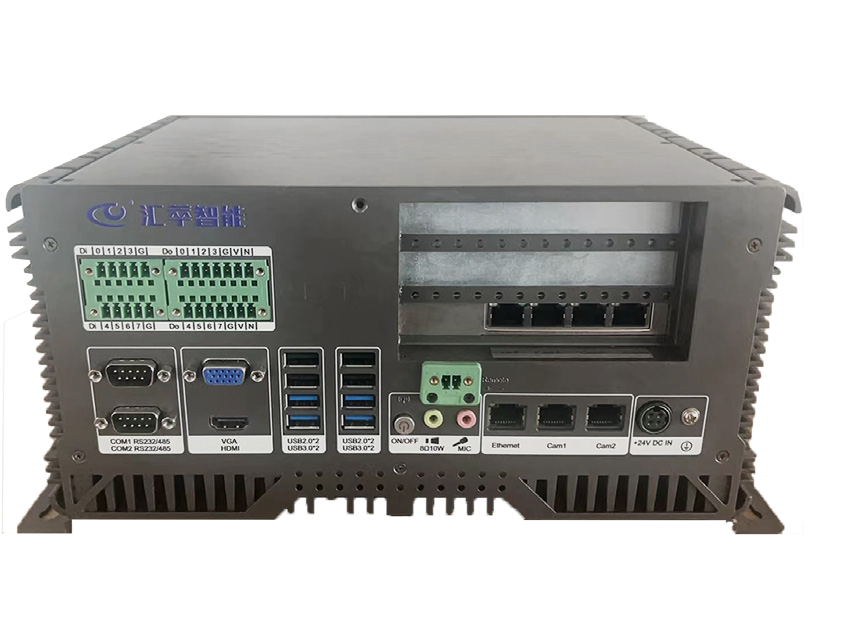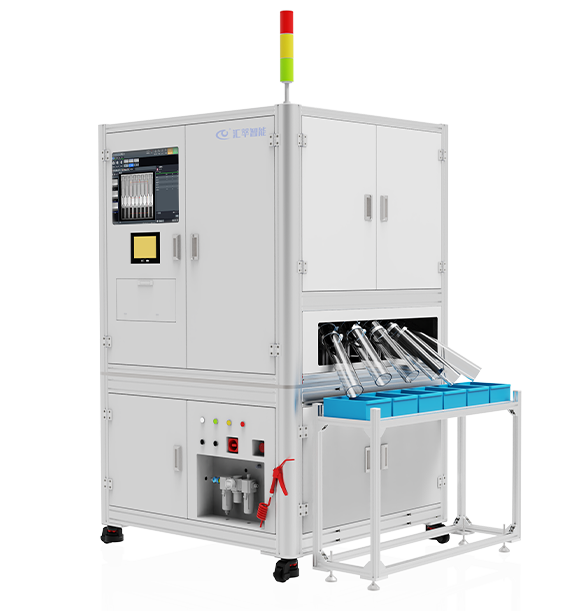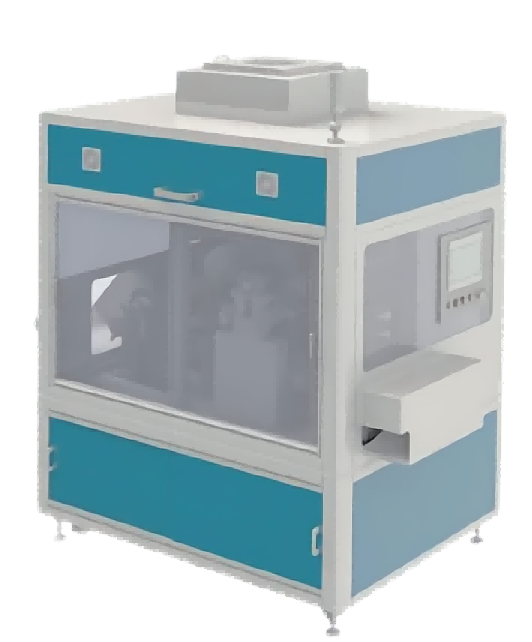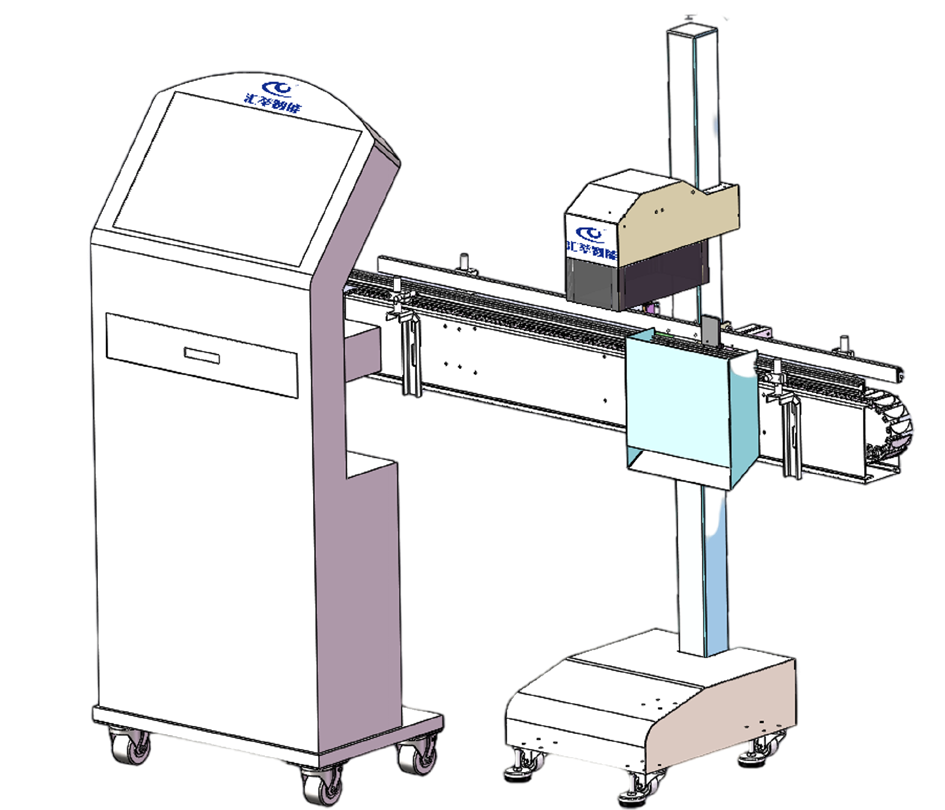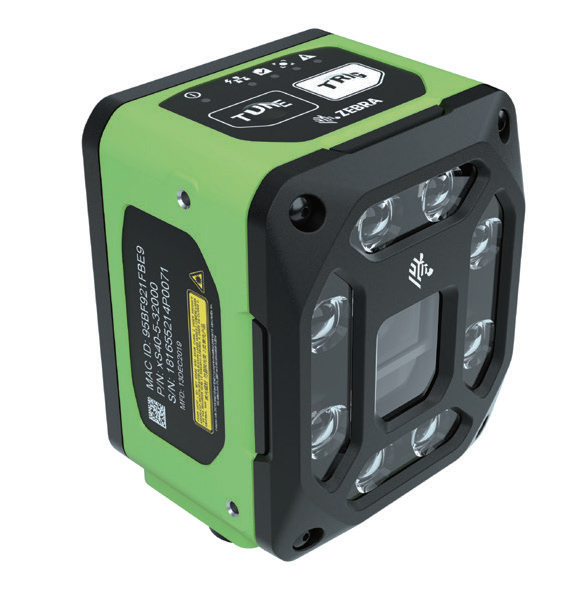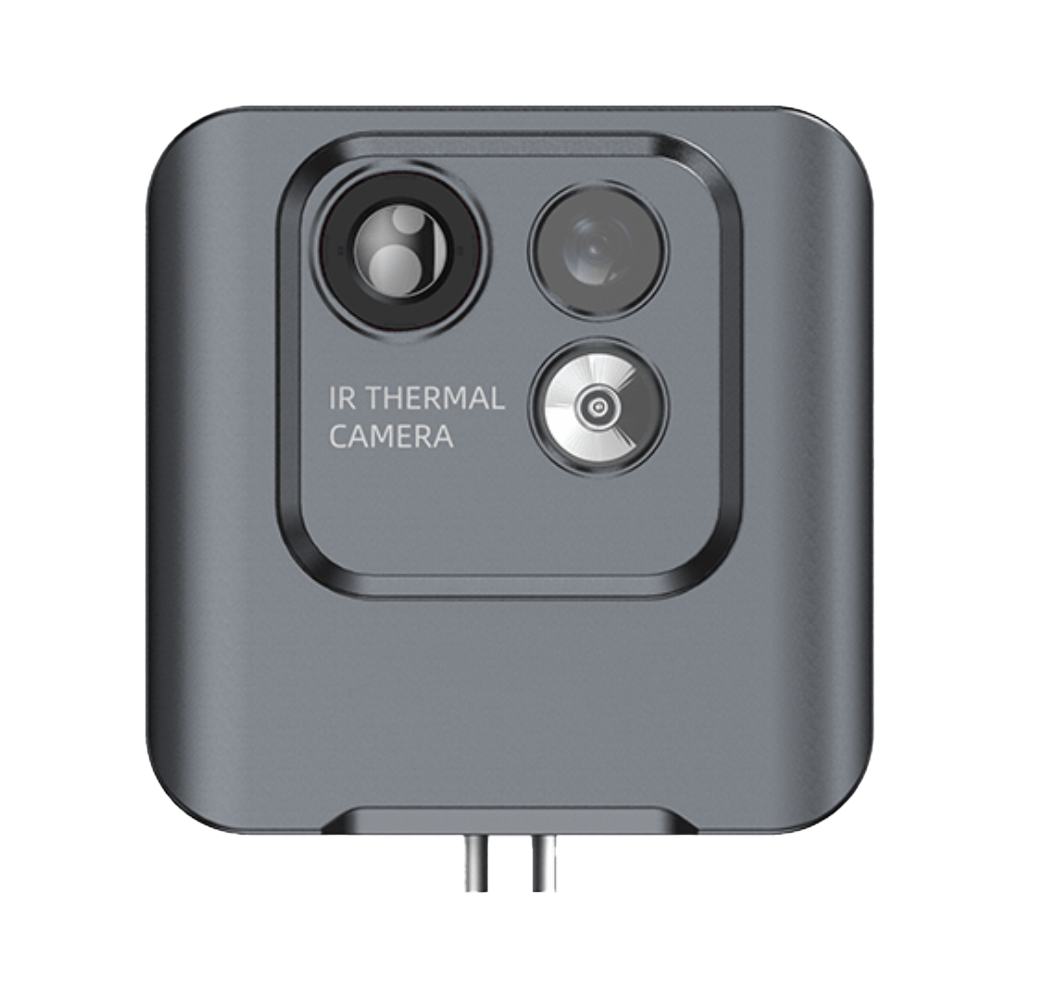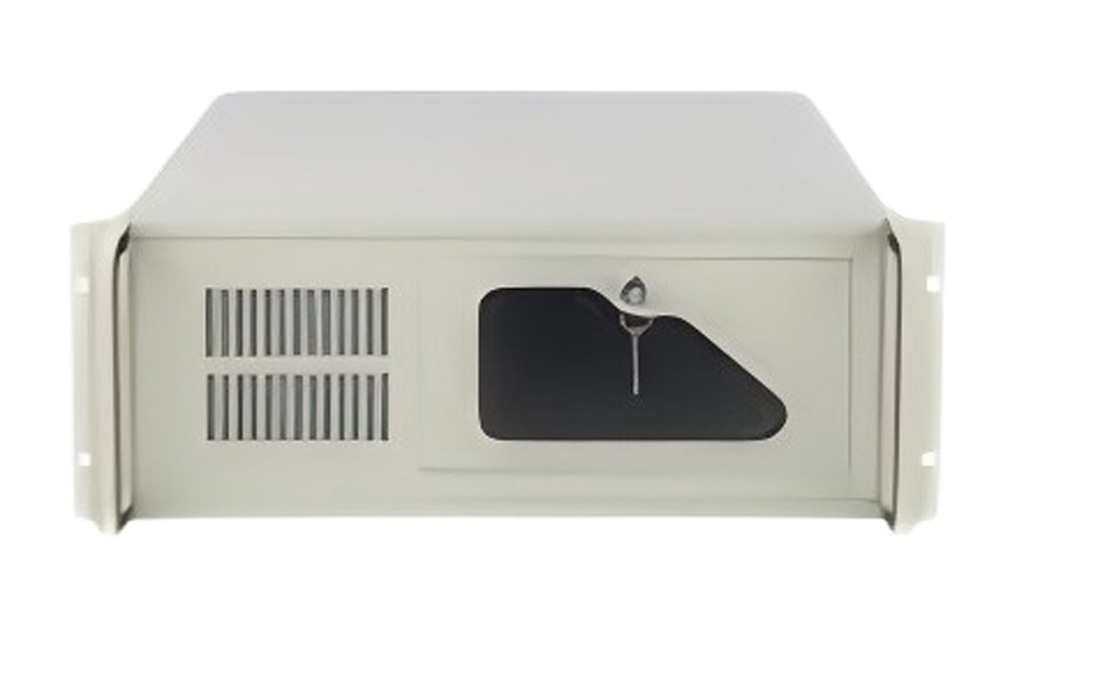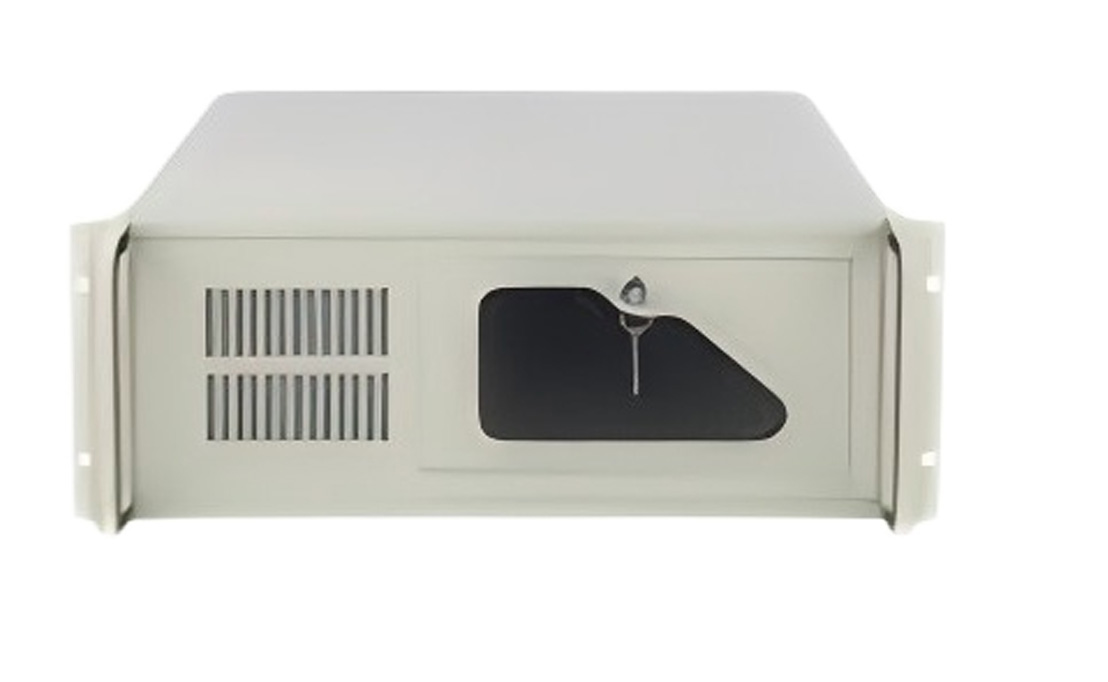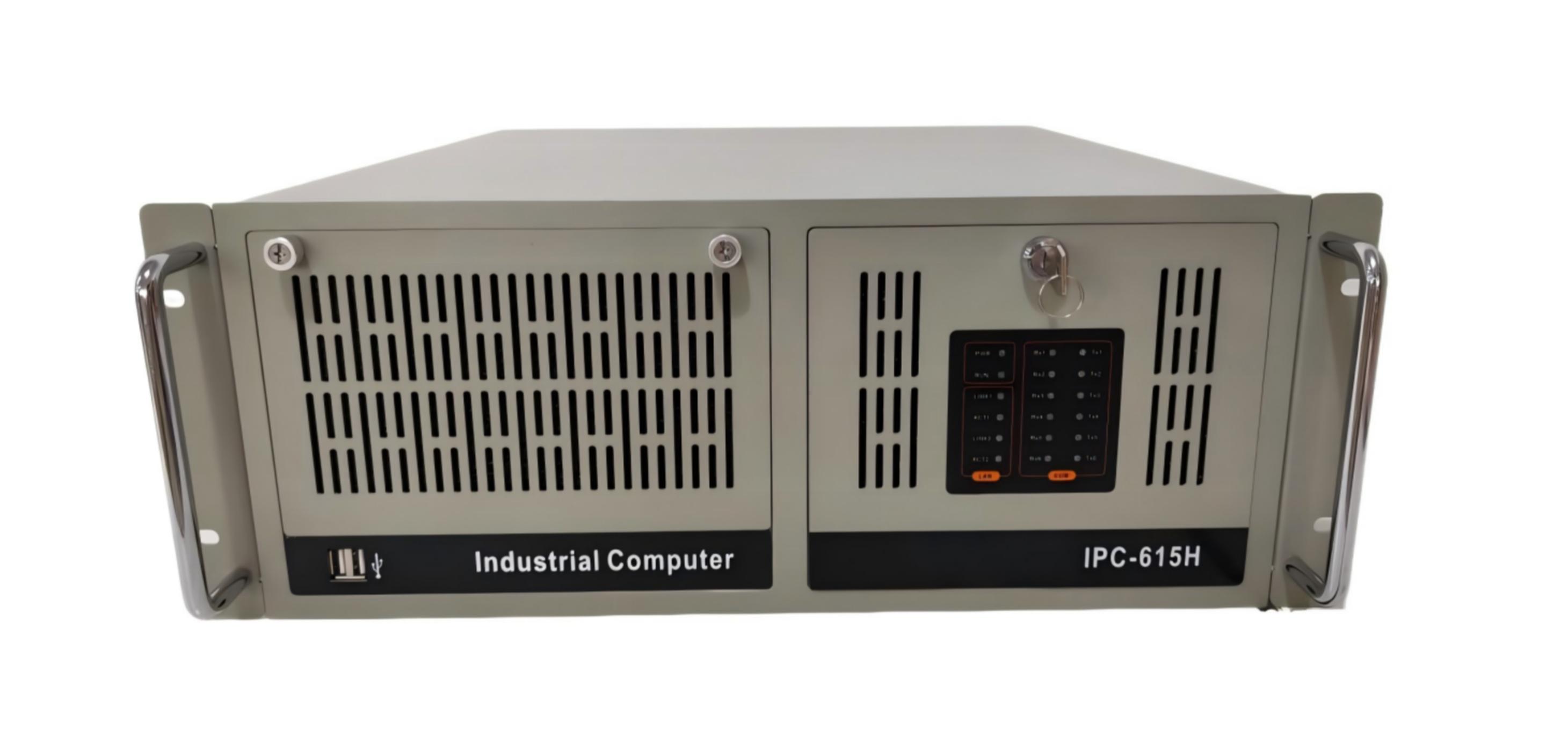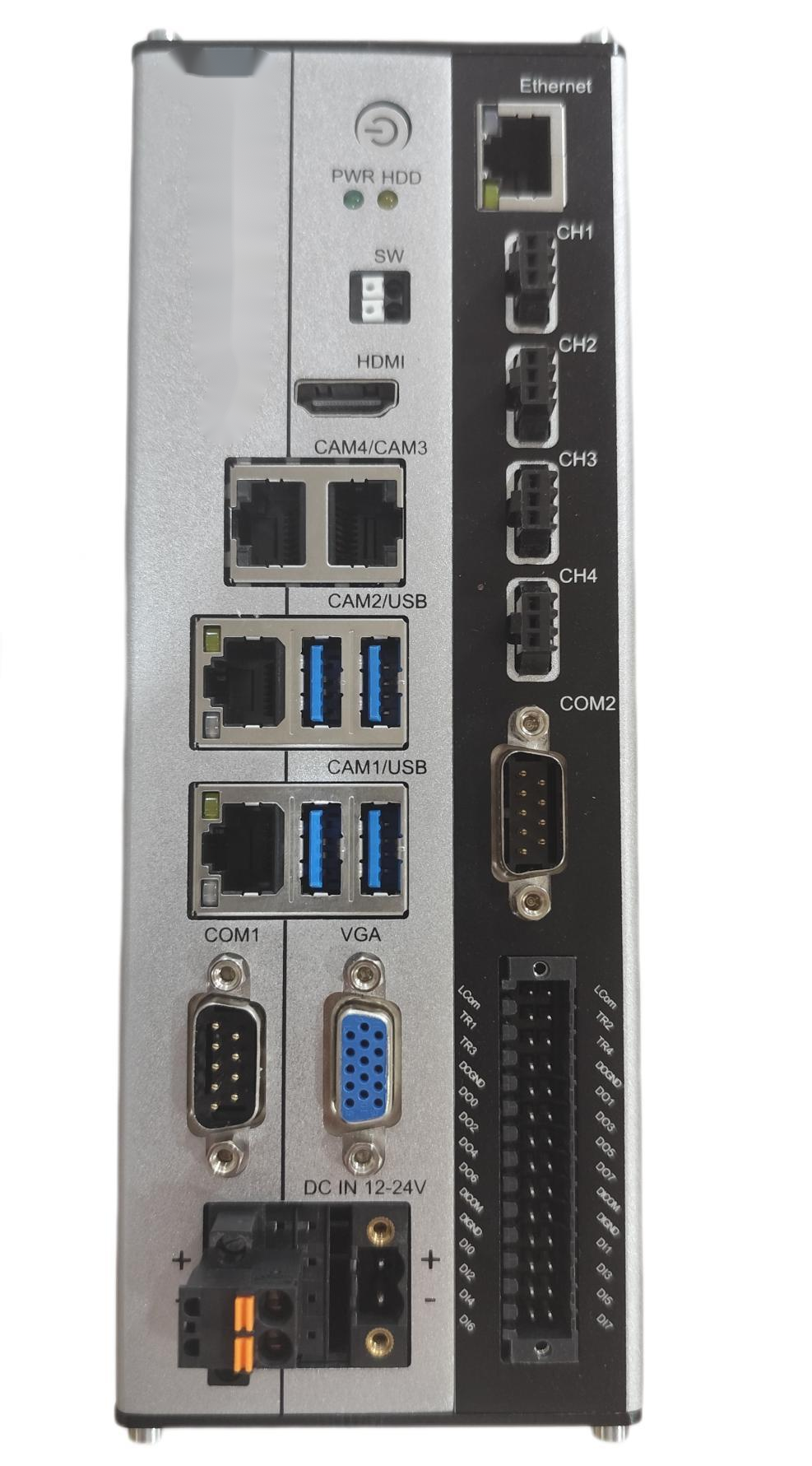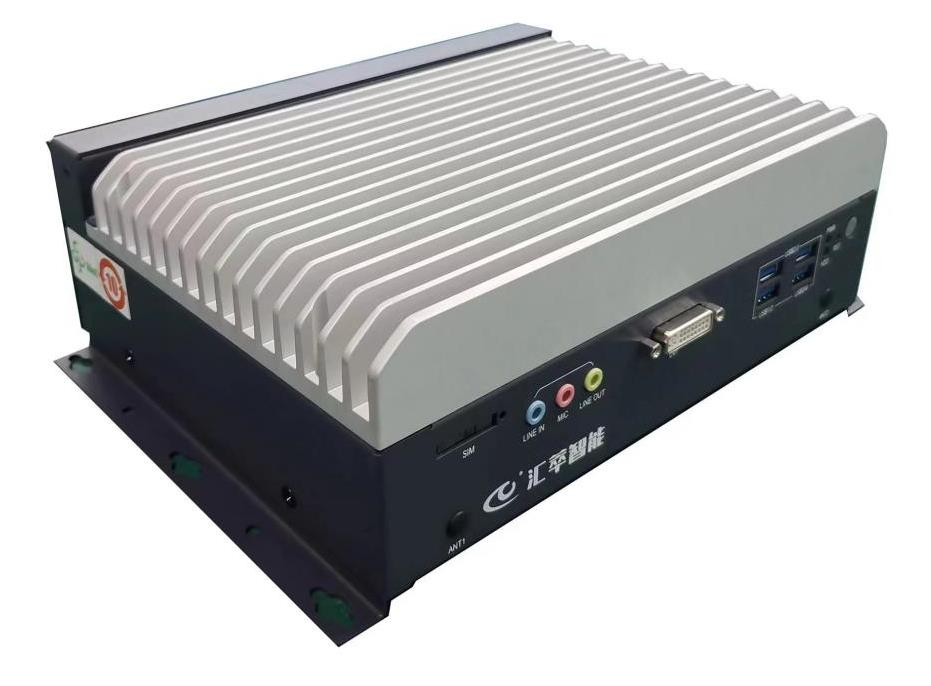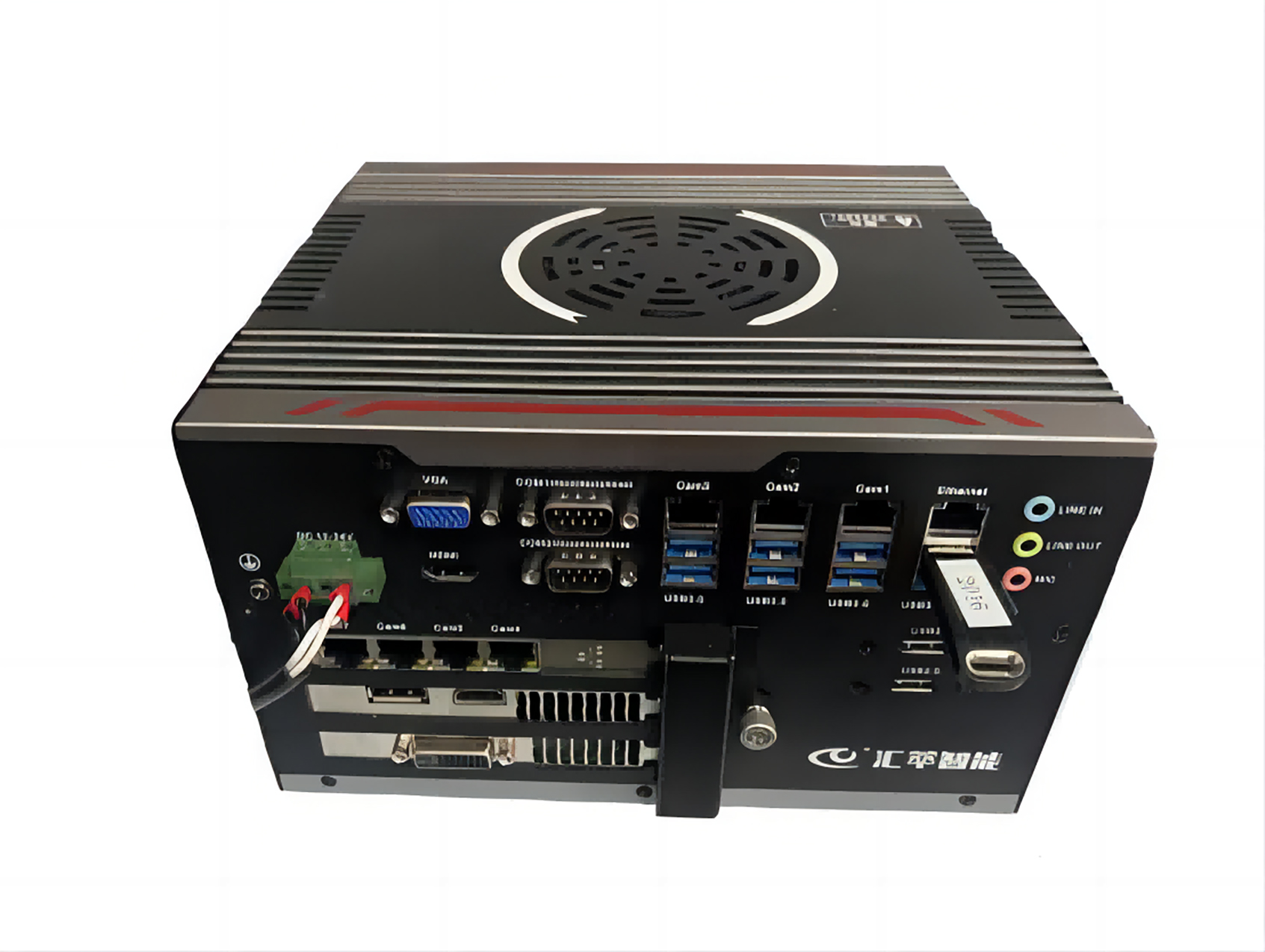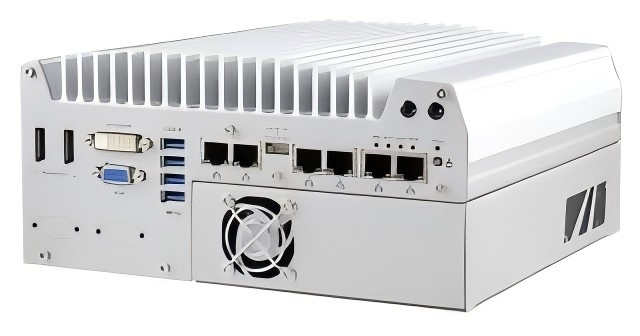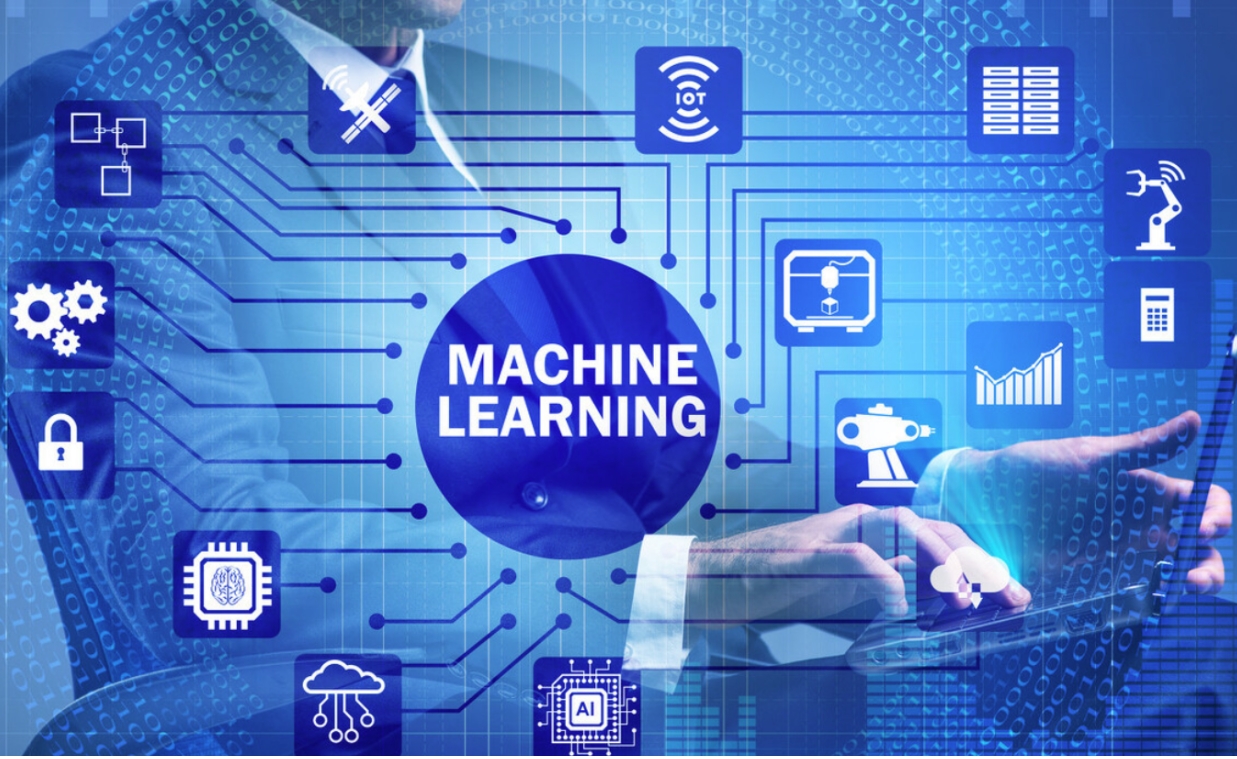
ChatGPT, OpenAI, Large Models, Neural Networks, Autoencoders... Since 2023, a variety of AI industry jargon has repeatedly impacted everyone's understanding, and more and more large Internet companies have begun to develop and enter this field. At this time node when large models are gradually becoming popular and applied, many people must still be wondering, what exactly are large models? What will be the future development trend of machine vision and large models? This article will take you closer to large models.
Large models are artificial intelligence technologies in the field of machine learning based on deep learning, with a large number of parameters and complex structures. It can be trained on massive data, capture complex situations and features in the data, and then find the same or similar cases and answers in various scenarios to meet functional needs. Visual large models also use a large amount of data and algorithms to build a visual system with high positioning, recognition and analysis capabilities. Find similar cases and functional solutions to process and analyze images, and continuously optimize its own algorithms through machine learning.
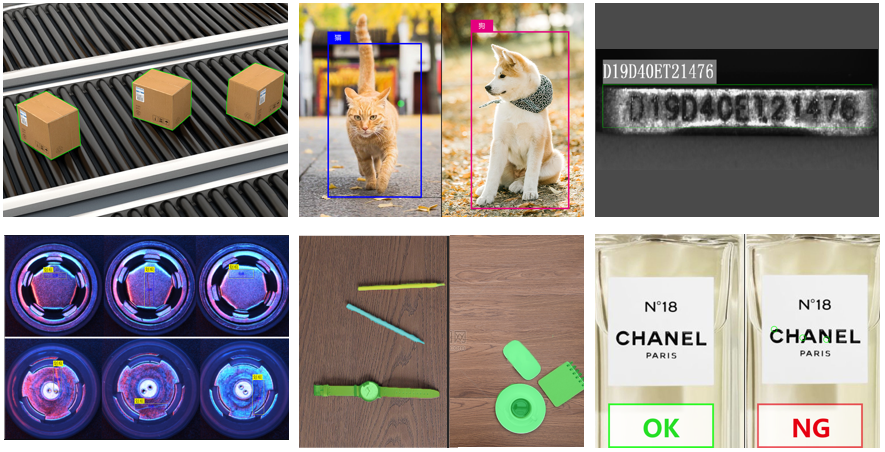
At present, the application of small models is still popular in the machine vision industry. Some people may also have questions. In today's world of large models, is it difficult to train a high-quality visual large model? With the explosion of large language models, large models based on content such as "text" and "pictures" have become more and more mature. Compared with language-based large models, visual information is generally 2D, 3D, or 4D, and the difficulty level increases exponentially. In the current automation environment, project-specific small models have the advantages of being lightweight, efficient, and easy to deploy. Smart manufacturing scenarios are obviously fragmented. Focusing on training in specific fields, customizing models for different scenarios, and forming general models in a certain field can also meet the needs of current projects. For the birth of a "unified" visual large model, we need to have more patience.
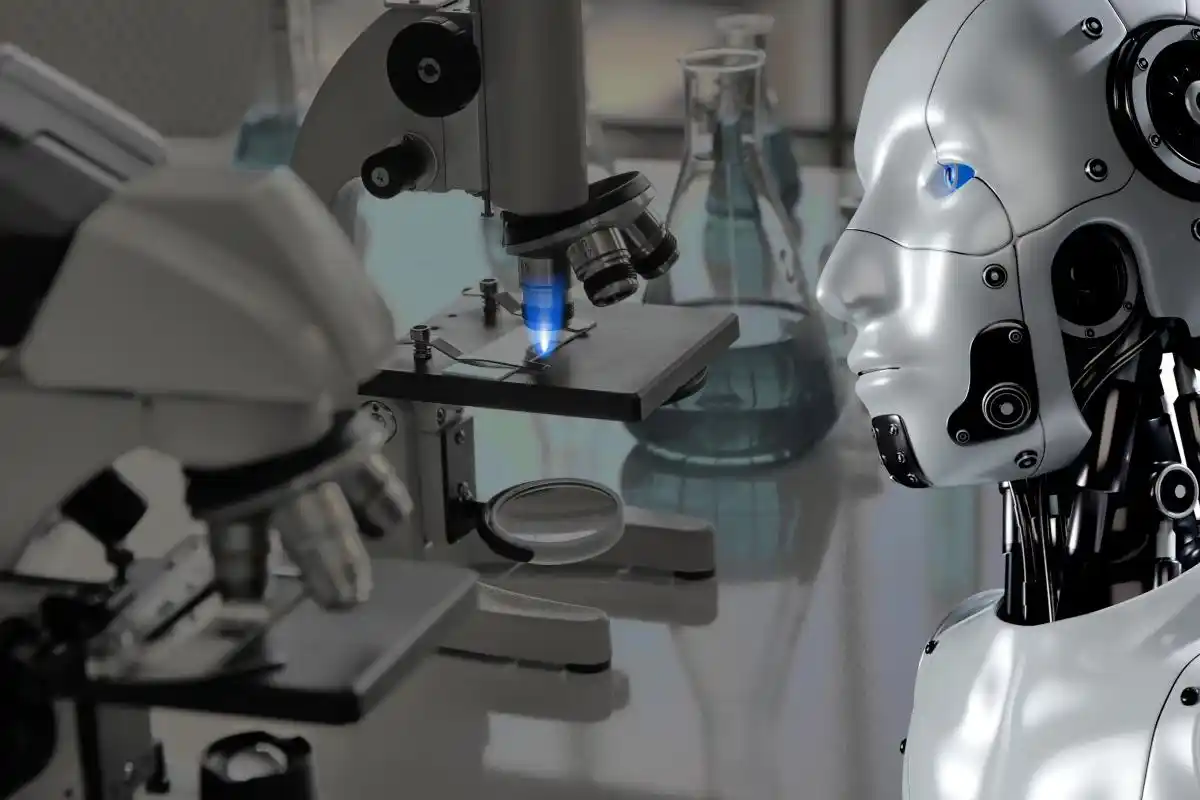
Machine vision large models are driving the development of artificial intelligence technology at an unprecedented speed. The pursuit of large and unified is bound to be one of the important research directions in the future. The significance of a general framework lies not only in its ability to learn from data on a large scale, and it does not need to be designed separately for each task, which can avoid the introduction of a lot of manpower. From a macro perspective, if you want to solve the problem of general artificial intelligence, the first thing you need to achieve is the establishment of a large model.
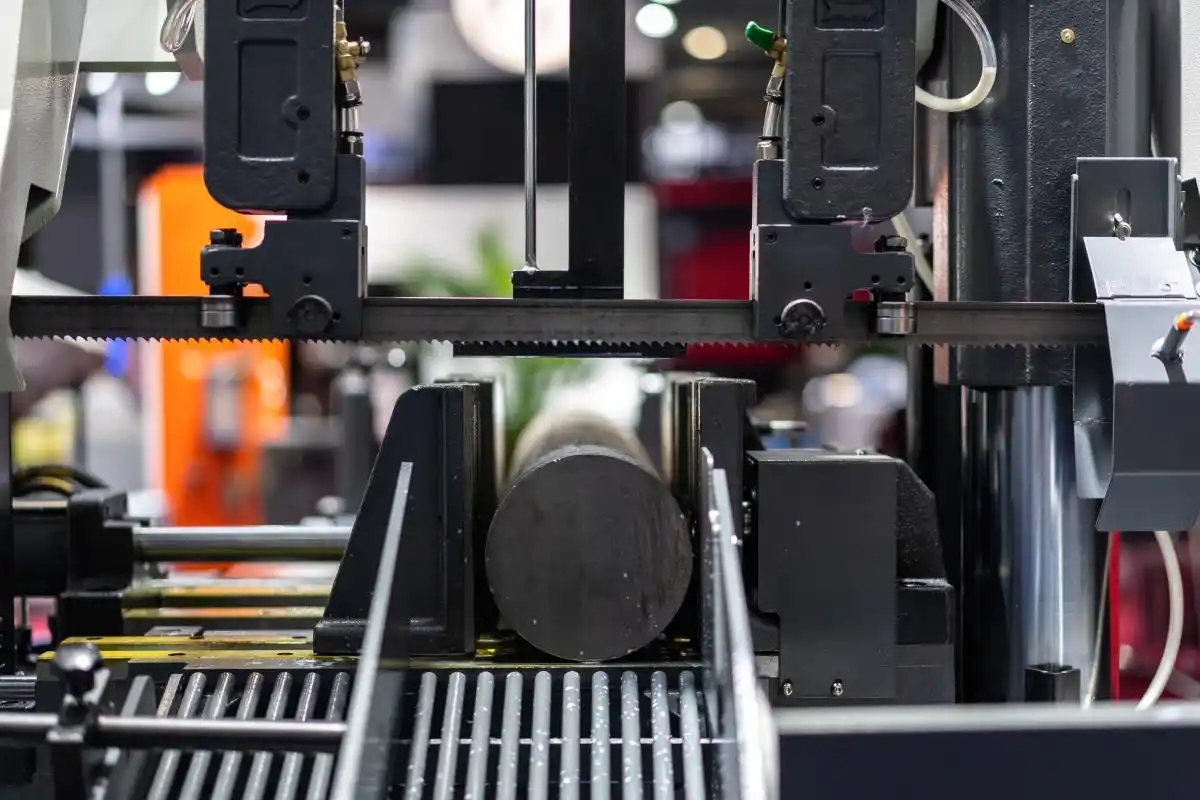
With the continuous advancement of technology, artificial intelligence, machine vision and large models will play an important role in more fields and promote social progress and development.



